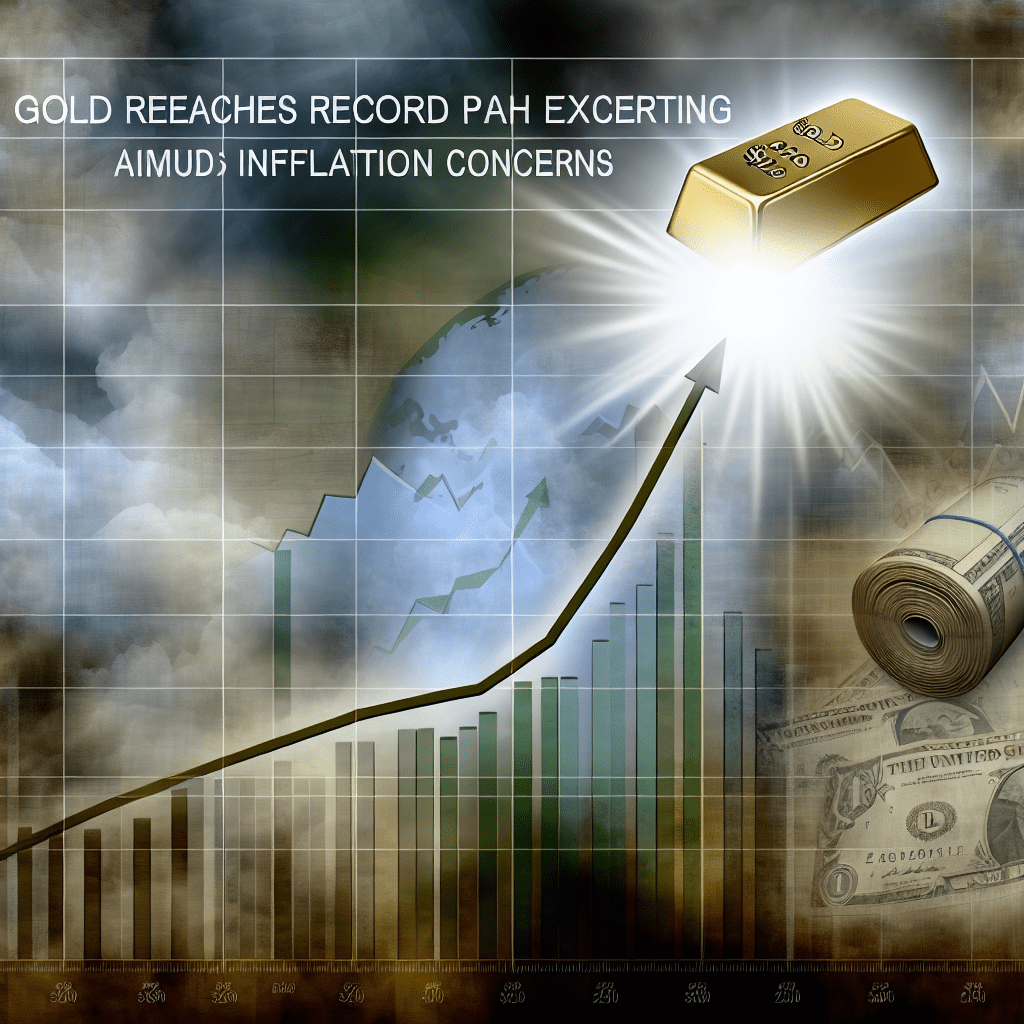Gold has reached a new all-time high of over $4,200 per ounce as of Wednesday, fueled by retail consumer demand for physical gold and central banks acquiring the metal as a safeguard against currency inflation.
Accounts of end consumers seeking gold exposure have emerged as more individuals search for alternative stores of value amidst global macroeconomic instability. Local outlet Nightly News reported a line of customers waiting to enter the ABC Bullion precious metals shop in Sydney, Australia, on Thursday.
Many individuals in the queue, which extended nearly 200 feet during lunchtime, cited reasons such as macroeconomic uncertainty, the declining US dollar, and a lack of trust in financial institutions for their decision to hold physical gold.
Gold’s value has increased by approximately 61% year-to-date, as evidenced by data from Yahoo Finance.
In August, gold surpassed US Treasuries in terms of the percentage of central bank reserves for the first time since 1996, currently accounting for over 25% of global central bank reserves, according to economist Mohamed El-Erian.
This shift highlights a broader trend towards perceived safe-haven assets. Market analysts at The Kobeissi Letter noted:
“Gold, Silver, and Bitcoin are now all in the top 10 largest assets in the world. These are all typically viewed as safe-haven assets that rise when stocks fall.”
Furthermore, the Kobeissi Letter highlighted that the US dollar is headed for its poorest year since 1973, with Bitcoin (BTC) and gold reaching all-time highs. Debasement of currency and declining confidence in traditional institutions generally act as positive catalysts for bearer, store-of-value, and hard money assets.
Related: Bitcoin-gold correlation increases as BTC follows gold’s path to store of value
Analysts continue to debate Bitcoin’s role as a store-of-value
BTC, which features a capped supply and is resistant to censorship, reflects gold’s store-of-value characteristics, but remains highly volatile due to its relatively low market cap of about $2.2 trillion compared to gold’s market cap of around $2.9 trillion.
A lower market cap implies that an asset’s price may fluctuate significantly because there isn’t enough liquidity to absorb large changes, whereas a higher market capitalization results in a price that is more stable during volatility and sharp downturns.
The price of BTC has decreased by approximately 8.8% following Friday’s historic market crash, where some altcoins lost over 95% of their value within 24 hours.
While certain market analysts and investors deemed this minor price decline relative to altcoins as an indication of strength, others pointed out the price disparity between BTC and gold as proof that BTC may not be fulfilling its store-of-value narrative.
Peter Schiff, an economist and investor known for his criticism of Bitcoin, argued that Bitcoin’s recent price drop from its all-time high of over $125,000, concurrent with gold’s ascent to all-time highs, indicates that the BTC bull market has ended.
Magazine: Bitcoin is ‘funny internet money’ during a crisis: Tezos co-founder

